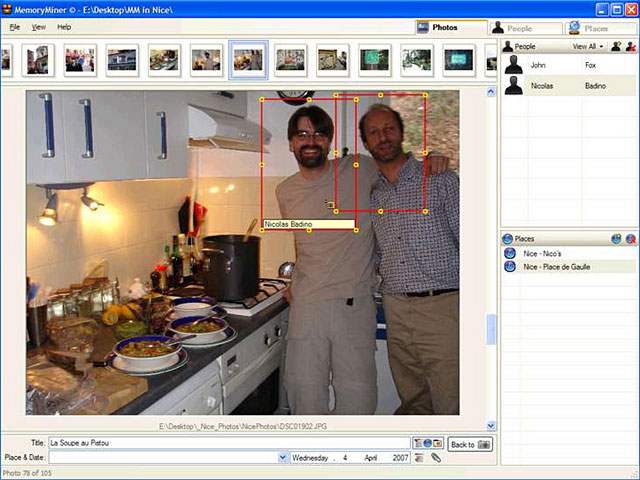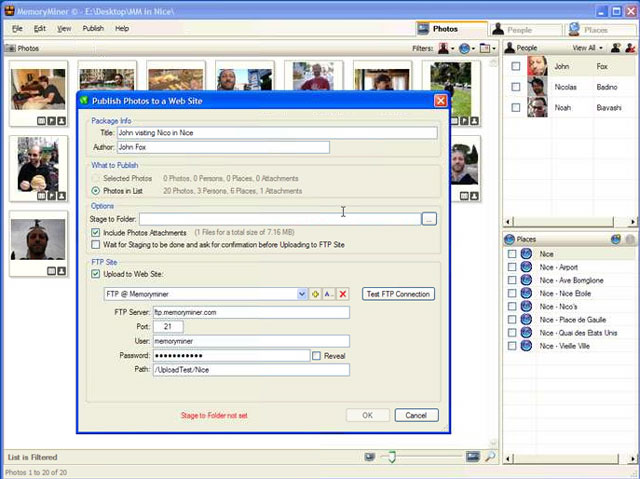 The Mac programs that I have tried included:
The Mac programs that I have tried included:Ancestral Quest (Using Cross Over)
MacFamily Tree
Heredis
Reunion
First of all, I attempted to use Cross Over and run Ancestral Quest. I really like Ancestral Quest in the PC environment and was hoping that Cross Over would be the solution to my dilema. The program ran in Cross Over, but I had problems with the program running smoothly and allowing for me to sync with FamilySearch. Ancestral Quest frequently froze using Cross Over resulting in having to close the program or restart my system. I have not tried to use RootsMagic in crossover, so this may be an option for those that have RootsMagic. I would recommend you try the free trial of Cross Over to see if it will work for you.
I also downloaded the trial versions of Heredis and Reunion. Both of these Mac programs have been developed nicely, however, they do not sync to FamilySearch. For many people, this may not be a concern, but for me, I wanted to be able to move my data freely between FamilySearch and my Family file on my computer, therefore, I chose to stick with MacFamily Tree.
I decided to try and learn how to use MacFamily Tree, as I had already purchased the program when I first got my MacBook Pro, but really hadn't spent much time working with it seriously as I was still using my PC for the bulwark of my genealogy research, before my PC crashed. At first I found the updated version to be a little tricky to work with as I was not familiar with the program. There are many intuitive aspects to this program that I liked; however, I wasn't sure about the FamilySearch aspect of this program. I must qualify this statement with the caveat that I usually try to figure out the program without going to the manual. I finally caved and went to the manual on how to have MacFamily Tree work with FamilySearch and have found it works well and I have used it several times and like it's functionality.
Another nice feature of MacFamily Tree is it allows for one to geocode the important events in a person's life. The one drawback that I have found with this, is the fact that names of places and their locations have changed over the years as have the boundaries in which a location may be found. This is the result of changing of country, state, county, and city boundaries and therefore, the accuracy of the locations are not rock solid as the program uses current names, places, and boundaries, which have changed throughout years past.
The bottom line: There are many wonderful Mac genealogy programs for one to choose from, however, the only Mac based program that will sync with FamilySearch is MacFamily Tree. MacFamily Tree also provides a mobile app that you can use, however, I have not attempted to use it at this point, as I have spent that past little while teaching myself the MacFamily Tree program.















